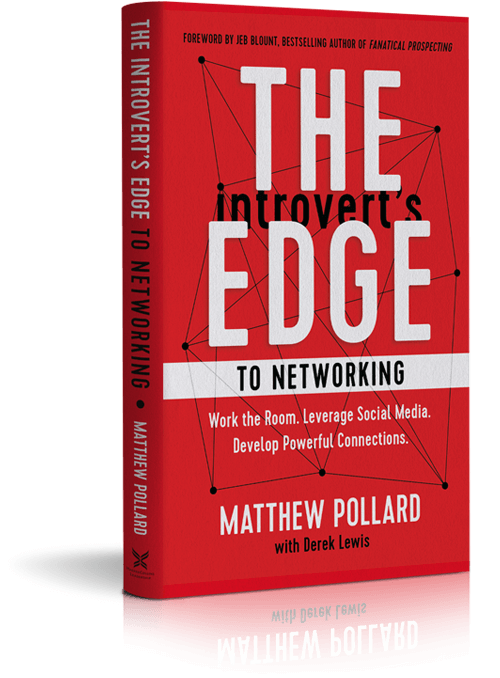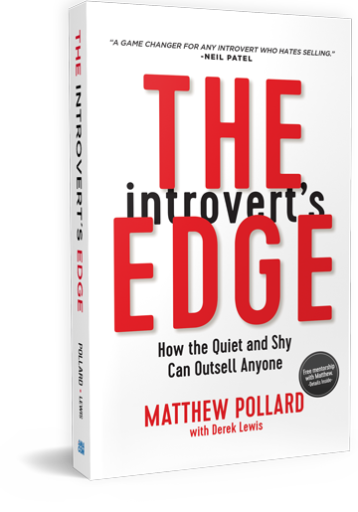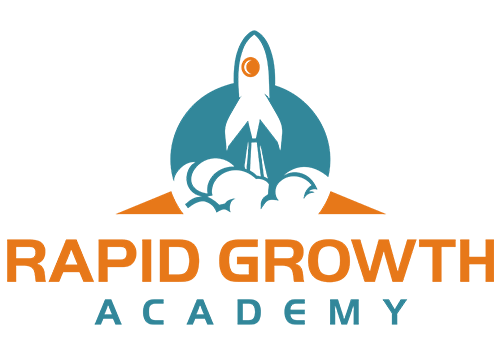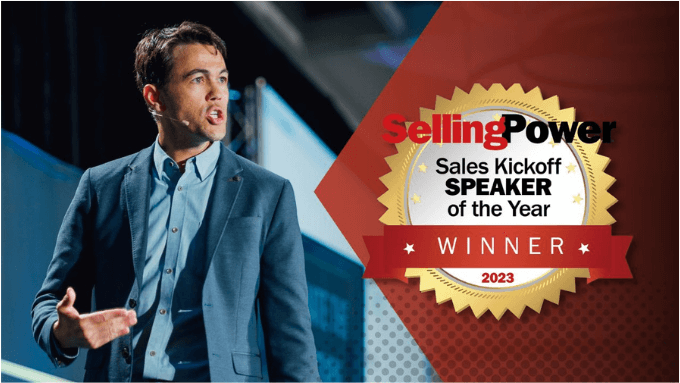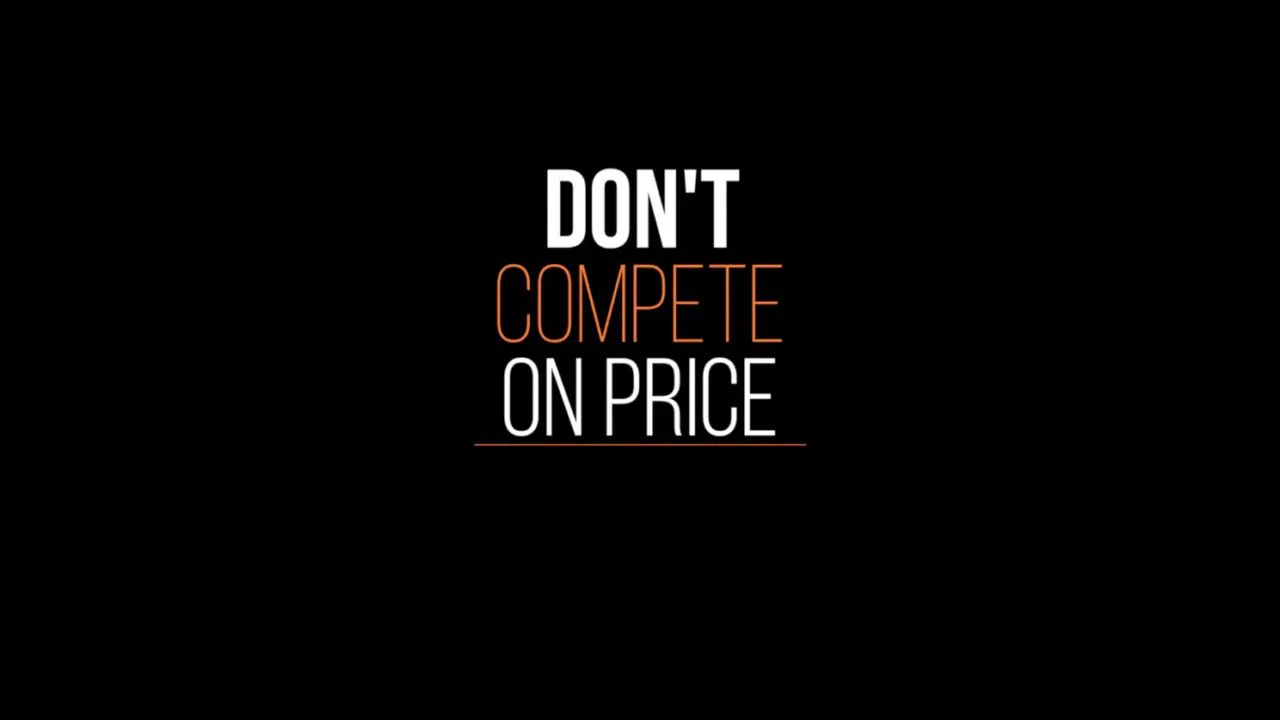It’s a fact of life that most businesses have competitors that offer a very similar product or service. After all, most new business owners learned their functional skill from a boss before eventually deciding to go into business themselves. As in many cases, this new business owner replicates what they know and have learned with their past employer, and therefore can easily fall into the trap of believing that price is the only defining selling point.
Sure price can be a factor, but remember each business owner has unique qualities and therefore price is just one factor on which they can compete.
So why do most businesses only have price to compete on?
1. They’ve failed to identify their unique selling proposition (USP).
As a business, it’s crucial that you identify your USP – however, this is one element in business that is most frequently overlooked.
A strong USP makes it far easier to market your business and essentially reduces the impact the price has on client acquisition. Clients won’t mind paying a little bit more if they believe they’re purchasing a unique product or service that actually offers more.
So how do you differentiate yourself from your competitors?
First, you need to determine what it is you offer that other businesses don’t – and why this is the case. A useful way to identify this is by working out which clients you achieve the best results for, and how they are different to your other clients.
Then you need to craft a unified message that stands out from the crowd. Your message should focus on explaining the actual benefit of what your business has to offer, rather than merely stating your functional skill.
For instance, I could call myself a sales and marketing strategist, which is my functional skill, however, I would then be trying to compete in a crowded market against all the other sales and marketing specialists. It also doesn’t truly encapsulate the benefits of what I do. I do so much more than sales and marketing strategy. I help organizations obtain Rapid Growth – a benefit many sales and marketing strategists do not – so I call myself “The Rapid Growth Guy.” You need to think deeper about what you provide; what makes you unique and different.
A while back I worked with a language school that struggled to obtain $50-$80 per hour for private language tuition. It was a very competitive market and many new entrants where willing to cut their prices to the bone to obtain market penetration. The owner’s primary concern was focusing on how to compete with these new entrants; I on the other hand focused on how to avoid the battle all together. Within the first hour of my analysis I recognised that there was one market they catered to where they provided a whole lot of additional unique services that offered the client immense value. For these unique clients they not only educated them on language, but also helped them learn about obtaining guanxi (the Chinese way of building relationships) and the differences in Chinese ecommerce, as well as assisting them with accent reduction. The answer was clear: instead of focusing on private language tuition for $50-$80 per hour, they needed to concentrate on helping executives and their families during the process of being relocated to China, teaching them the skills required to aid their success. This very simple change to the USP stepped an organization from $50-$80 per hour, to an organization that charged $30,000 per client acquisition for the promise of providing their employers with a more successful “total China experience.”
Many businesses fail to separate themselves from the pack, and in the process they become a “me too” business. If you’re doing the same thing as everyone else and cannot identify your USP, then you only have price to compete on. This is not the path for you!
2. They haven’t identified their target market and their marketing strategy is evidence of this.
It’s important that you identify which customer group you offer the most value to – and it’s this target market that you need to reach via your marketing efforts.
Many businesses fail to achieve this. Instead, they attempt to “try to speak to everyone.” Due to the nonspecific nature of the message, these businesses end up “speaking to no one” instead.
Rather than engaging in a blanket approach to marketing, you need to identify which target market will most appreciate your USP and where you can find them.
So how do you do this?
· Determine which clients you get the best results for – what are their characteristics?
· Identify the best ways to connect with those particular clients.
· Tailor packages to suit your “ideal” customer – these packages should focus on your USP.
One of my recent clients was working in the saturated market of auto-responders. As most saturated markets are, this market was highly educated and highly price sensitive. Within just a few hours of working with his USP, it was decided that his true value wasn’t offering auto-responders to a pre-educated market, but instead offering client re-engagement to niches where “auto-responders” was a foreign word.
This resulted in a more informative sales process, as he had to now specify the benefits of his service. However, when it came to price, he could name it. This turned a product sold in a pre-established market for $1,200 into an $11,000 monthly recurring product overnight – and he subsequently acquired three new clients in just two weeks.
Now I know what you’re thinking: is he ripping these people off? In truth NO, because without his additional education, which costs him more to provide, they would have never discovered auto-responder technology and failed to obtain what has now become a substantial return on investment.
3. They don’t know how to sell.
Sales systemization is essential – however, many businesses simply don’t understand how to sell their products or services.
Your business could have a fantastic offering, but if your sales process isn’t refined then it becomes harder than necessary to turn customer interest into actual sales. Many businesses wrongly believe that their products or services will sell themselves, and therefore fail to take the time to implement a proper sales process.
Training is important; sales staff need to understand that sales is a system, and they need to learn how to use these systems to best sell your product or service. Your staff need to know:
· What to say when a customer calls.
· How to generate greater interest from email enquiries.
· How to discuss what your business does at networking events, thereby engaging listeners and evoking questions.
· How to gain client interest in your USP.
· How to turn interest into sales.
Each one of the above processes should be systemized and eventually scripted. It’s important that your sales staff follows a tried and tested process that you know has the ability to deliver the best results. Oh, and if you don’t have sales staff, then as the owner of the business it is even more vital for you.
The disconnection in your sales process can be anything from talking about price before introducing enough value, to choosing the wrong method of communication.
I had a client a few years ago that provided writing services to businesses. When a client sent through an email enquiry, he would respond with a question, and after a few emails he’d send through a price. He found that either before or as soon as the price was mentioned, the client would disappear, never to email again. He decided it must be people that couldn’t afford him, and therefore talking to people like this was a waste of his time. To detour these time wasters he put his price on his website. Soon after the enquiries stopped coming and he decided that he was correct; people just didn’t have the money to pay. Only there was one problem: with no enquiries he would soon go broke. After working with him for a very short time, two things became clear:
1. He was trying to communicate with people that were trying to outsource writing via email – the exact thing that they probably hated and were trying to avoid.
2. That the price on the website wasn’t a deterrent to people that didn’t have money, it was a deterrent to all enquirers. Truth is, he was expensive and if he couldn’t explain why before price was mentioned, no one would pay it.
Turning his business around was easy. All we did was remove the price from his website, switched the focus of any return email to an enquirer from responding with answers/price to obtaining a phone conversation, and introduced a step-by-step sales call process. His very next sales call resulted in him landing a $40,000 project in just 40 minutes, and just seven weeks later he had closed deals totaling $80,000.
Many businesses fail to implement sales systemization. Without it, price becomes the only factor they can compete on.
Price shouldn’t be the only thing you’re competing on!
It shouldn’t be, but it is for many. While it does work for some select businesses, it simply isn’t sustainable for many.
If you rely too much on price in order to remain competitive, it’s time to change the way you view your business, your marketing strategy and your sales process. As an expert business growth consultant, I can help. My “Rapid Growth Intensive” and “Rapid Growth Academy” will help you break away from being a “me too” business, while refining your marketing strategy and improving your sales process.
Price is no longer the only factor you have to compete on!
Leave me a comment below telling me how you’re going to change your business’ USP. How will you move your marketing from a broad approach to a specific niche? How will you implement a sales process into every part of your client interaction?







